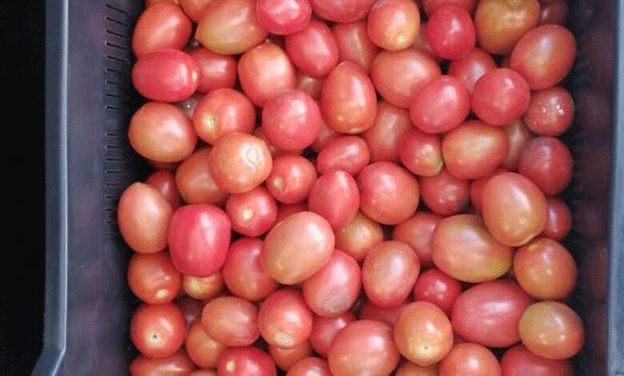The Chatsworth Hospice, located on Streletzia Avenue, Silverglen, has successfully launched a hydroponic garden, a long-awaited project that provides dual benefits. It not only generates critical funds to sustain the hospice’s free palliative care services but also offers fresh, organic produce to the community. The link between good nutrition and health is well established, making this initiative even more significant as it helps promote healthier living for the local population.
The garden’s first yield consisted of a healthy crop of tomatoes, which was sold out almost immediately after harvest, demonstrating strong community support. Encouraged by this success, the hospice is now looking forward to offering additional crops such as cilantro (dhania) and mint in the near future. These will be available for sale at the hospice’s charity shop, with all proceeds directed towards sustaining their compassionate care services.
Hydroponic farming, a method that allows plants to grow without soil by using nutrient-rich water solutions, has gained popularity in recent years for its efficient use of space and resources. It is an especially promising technology for communities like Chatsworth, where traditional agricultural opportunities may be limited by urban space constraints. Hydroponics offers an eco-friendly, low-maintenance alternative to conventional farming, ensuring a consistent supply of organic produce throughout the year.
According to recent data, the global hydroponic farming market is projected to grow at a compound annual growth rate (CAGR) of 20.7% from 2021 to 2028, with a major focus on sustainable food production in urban areas. This is in line with the Chatsworth project’s objectives, providing both a local and global relevance to this community initiative. As more communities adopt hydroponic farming, the potential to mitigate food insecurity and contribute to healthier diets becomes increasingly apparent.
Chatsworth Hospice’s President, Tilaga Pillay, expressed excitement about the hydroponic project, emphasizing its importance not only for the hospice’s funding but also for its role in the community’s wellbeing. “We are thrilled to see such a positive response from the community,” Pillay stated. “Projects like this bring us closer to fulfilling our mission, both in terms of patient care and contributing to a healthier environment.”
The success of the hydroponic garden has become a beacon of hope, illustrating how agricultural innovation can support healthcare services while encouraging community engagement. This initiative also serves as a model for similar projects across other urban communities, proving that small-scale farming can yield significant benefits when strategically aligned with social services.
The hydroponic garden at Chatsworth Hospice represents a fusion of agriculture, healthcare, and community well-being. As it continues to grow, both figuratively and literally, it stands as a testament to the power of innovation and community support. This initiative not only ensures a steady source of funding for essential hospice services but also nurtures a healthier, more sustainable local food system. The success of this project highlights the potential for similar programs to thrive in other urban environments.











